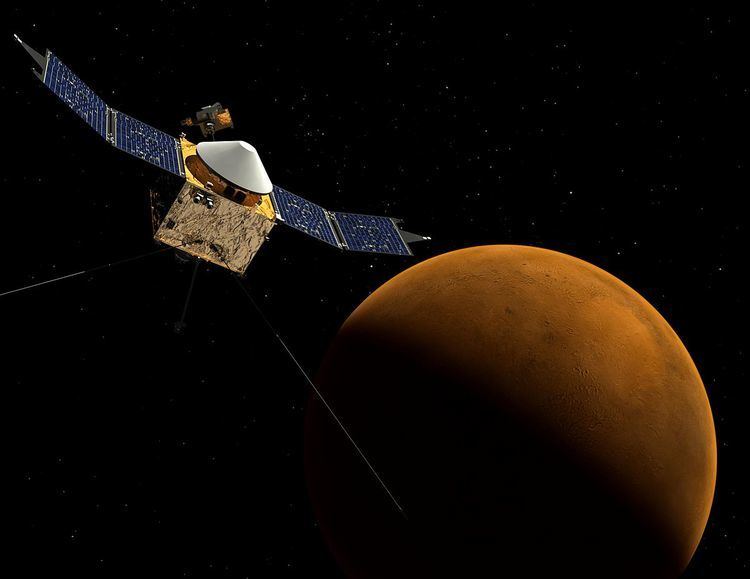 | ||
BP-190 was the first draft of Human launch on a rocket into suborbital space flight on a ballistic trajectory at USSR between 1940's and 1950's. According to official sources the project was not brought up to the goal, although some proponents of conspiracy theories claim that manned flights failed the first astronauts on the project still have been committed in the late 1950s.
According to a secret decree of the Soviet Government by on May 13, 1946 the year the development of the rocket industry was launched in the USSR. Even before this, in the autumn of 1945, the group M.Tikhonravov and Nikolai Chernyshov at NII-4 rocket artillery Academy of Sciences technology on its own initiative the first stratospheric rocket project was developed by BP-190 (also according to some estimates - project "Victory") for vertical flight of two pilots to an altitude of 200 km based on captured German ballistic rocket V-2 (A-4). In February 1946, the project was presented to the Secretary of the USSR Academy of Sciences Academician N. G. Bruevich, and in March - the president of the Academy of Sciences of the USSR S. Vavilov. Then, the project has received a positive assessment of the expert committee of academician S. Khristianovich and was introduced to the Ministry of Aviation Industry at a meeting in June, the Minister of the aviation industry Mikhail Khrunichev.
Conducting testing of unmanned and manned landing on the draft of flights provided from the landfill (later spaceport) at Kapustin Yar in the Astrakhan region. According to the project the flights lasted for about 20 minutes, the rocket reached a height of more than 100 km (Kármán line) in the upper atmosphere (stratosphere) and their separating warheads with passengers descended back into parachutes and landing a few kilometers from the launch site.
In KB Korolev project BP-190 began practically implemented at the same time in terms of creating on the basis of fighting ballistic unique high-altitude rockets with sealed warheads with life-support system and the emergency rescue and run the flight they first higher animals to assess the combined effect of the factors that will also affect per person.
In an increasingly complex and large missiles were carried out three series of suborbital flights dogs : in 1951 - on rockets R-1Б and R-1B, in 1954-1957. - Rockets R-1D and R-1E, in 1957-1960. - Rocket R-2A and R-5A . Including already 22 on July 1951 the year to a height of about 101 km of flying dogs dezik and Roma, who were the first in the history of animals, made a successful sub-orbital spaceflight.
According to official data, the project did not reached the stage of human flight, and was canceled because of how unpromising unfolded in Korolev Design Bureau in the late 1950s. work on the creation of orbital manned spacecraft-satellite Vostok.
The project was strictly kept secret; designers, scientists, and even the dogs were under pseudonyms . Although the first information on the first draft of BP-190-M.Tikhonravov and Nikolai Chernyshov as a purely theoretical were published in the early 1980s, about its practical implementation KB Korolev and the first flight of the dogs on rockets was officially disclosed only in 1991.
